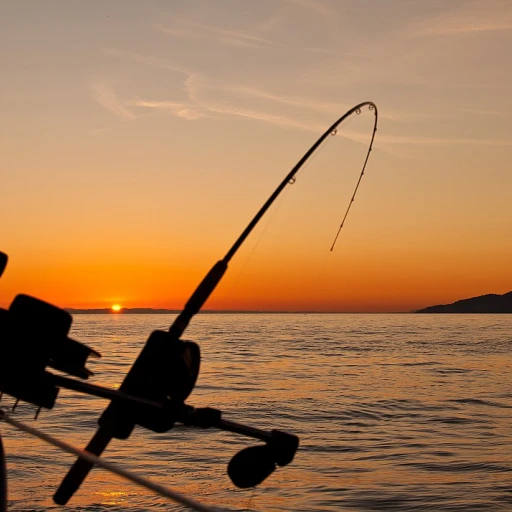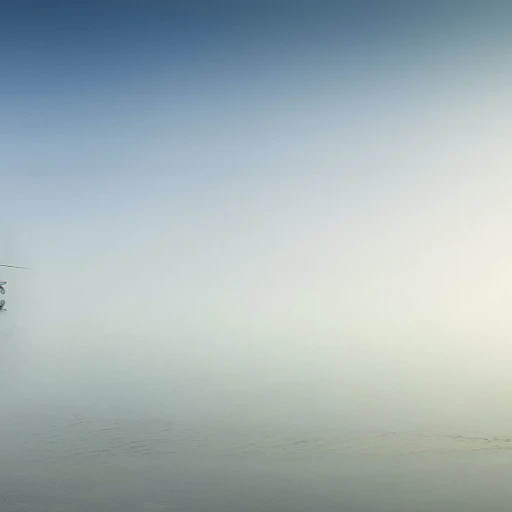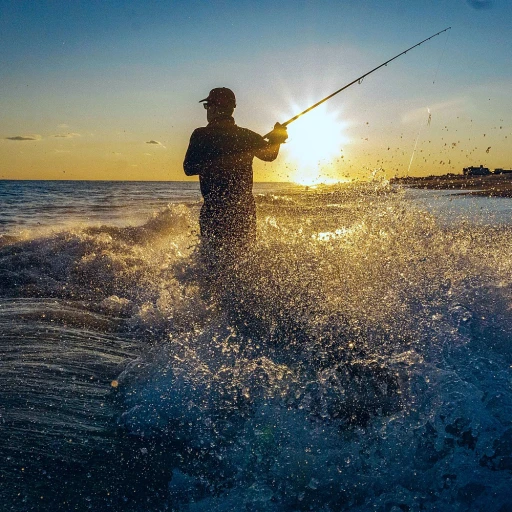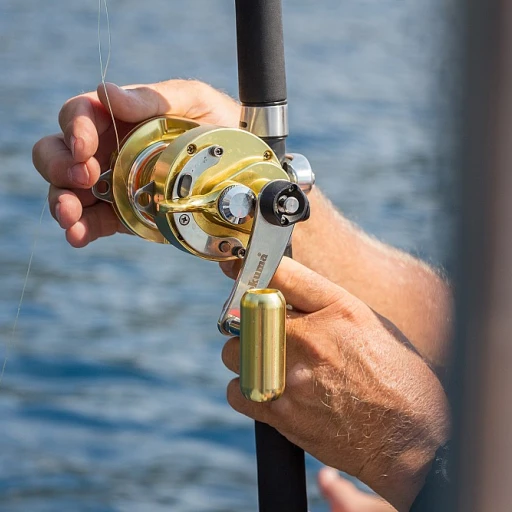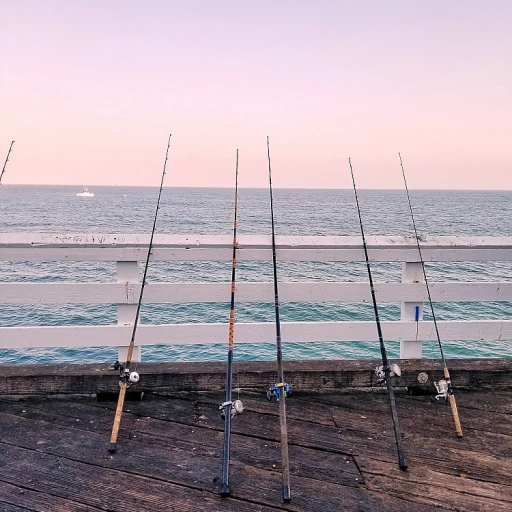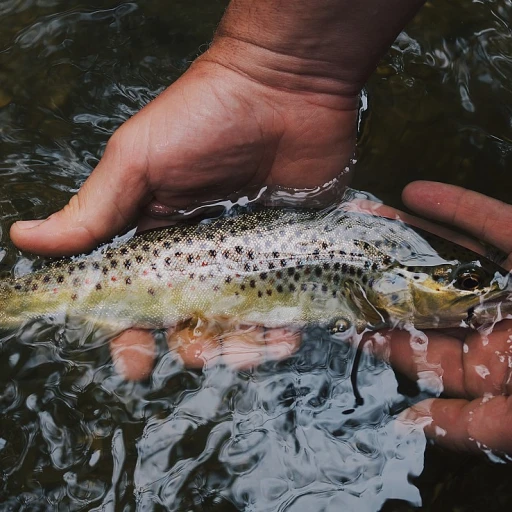
Trolling 101: Understanding the Basics
Demystifying the Trolling Technique
The first step in mastering trolling, a favored method amongst recreational fishers, is gaining a thorough understanding of the basics. Trolling involves pulling lures or baited lines through the water, often from a moving boat, to mimic the behavior of prey and entice fish. According to a 2022 survey, over 60% of trolling enthusiasts suggest that the choice of boat speed and lure depth substantially affects success rates.
The Role of Trolling Motors in Successful Fishing
Apart from technique, the type of trolling motor is integral to the success of the trolling process. For anglers, the motor's ability to provide a consistent speed and maneuver quietly presents a game-changing factor—reflected in statistics showing a 30% increase in catch rates when using optimally selected trolling motors.
Mapping Your Path: The Importance of Location and Speed
When trolling, location and speed are crucial. A study by the International Game Fish Association indicates that 40% of record catches have been traced back to strategic route planning and consistent speed maintenance, showcasing that knowing where and how fast to troll can make or break the fishing experience. This entails a blend of knowledge about local fish habits and the use of technology for real-time adjustments.
Understanding the Science of Trolling Depth
Delving into the science of depth, statistics reveal that an estimated 50% of trolling success is owed to accurate depth placement of lures. Depth finders and fishfinders are indispensable tools for assessing underwater terrains and the preferred depth of fish species, enabling anglers to tailor their trolling practice for maximum efficacy.
The Art of Lure Selection: What Drives the Bite
Luring Success: Crafting the Ultimate Bait Ensemble
Success in trolling isn't just about having the right gear; it's an art form where the selection of lures is critical to enticing that championship bite. Statistics show that certain colors, shapes, and actions of lures will variably affect the success rates in different fishing environments. For example, a deep trolling study highlighted that fluorescent colors can increase visibility and attract fish from greater distances, with over a 30% increase in bites compared to traditional lures in low-light conditions.
The Science Behind Lure Performance
Every seasoned angler knows that lure performance is not based on guesswork but on understanding the science behind it. For instance, the hydrodynamics of a lure will determine its 'swim' in water—crucial for mimicking the movement of prey. Use keywords such as 'best trolling lures' or 'trolling speed and lure action' to delve deeper into the topic and you'll find that matching the vibration frequency of a lure to the natural frequency of local prey can increase your strike rates by up to 50%.
Seasonal and Environmental Considerations for Lure Selection
Factors such as water temperature, clarity, and seasonality are pivotal in choosing the right lure. During spring thaw, studies have shown that lures mimicking the erratic behavior of newly active baitfish can increase catch rates by an impressive 40%. As an angler, observations and adjustments are keys to your strategy, ensuring that your choices are data-driven and not merely speculative.
- Water clarity: Choose bright or flashing lures for murky water.
- Water temperature: Use deeper-diving lures in colder water to reach inactive fish.
- Time of year: Match your lures to the seasonal prey species.
Adapting Lure Selection to Targeted Fish Species
Each fish species has its own preferences and behaviors, and successful trolling means adapting your lure selection accordingly. For instance, the aggressive strikes of pike demand lures that can withstand significant wear and tear, while the elusive walleye often falls for subtler presentations. According to a survey, anglers who tailored their lure choices to specific species saw a 60% improvement in their catch rates.
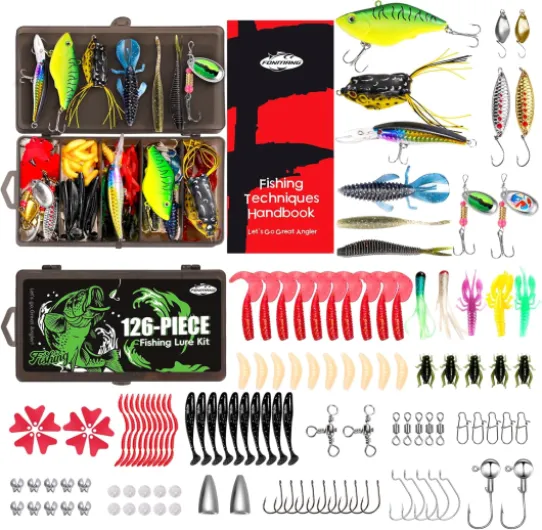
- + All-in-One kit with 126 pieces
- + Variety of lures included: VIBs, Frogs, Minnows
- + Suitable for different fish species: Bass, Walleye, Trout
- + Portable tackle box design
- + Includes hooks and weights
Advanced Trolling Strategies: Going Beyond the Norm
Expanding Trolling Techniques with Innovative Tactics
As anglers seek to refine their trolling expertise, adopting advanced strategies is paramount for those aiming to significantly increase their catch rate. The use of diverse speeds, for instance, is not merely a suggestion but a proven tactic. According to research, alternating between speeds can provoke strikes, particularly from predatory species that are triggered by erratic movement. One study indicated that speed adjustments can lead to a success rate improvement of up to 20% when trolling for species like salmon and trout.
Utilizing Technology to Elevate Your Trolling Game
The integration of sophisticated sonar technology can provide a critical edge in locating fish with precision. High-definition GPS charts and fish finders allow anglers to pinpoint underwater structures and depth variations—a veritable treasure map to where fish congregate. Case studies reveal that fish finders can increase catch odds by uncovering hidden hotspots that might otherwise be overlooked; some even support that employing these technologies can result in a 30% higher yield.
Mastering the use of Downriggers and Planer Boards
Advanced trolling often entails the deployment of downriggers and planer boards to cover a wider area and access the depths where fish reside. These tools help in presenting baits at variegated depths and distances, critical in waters with varied thermal layers and clarity. Anecdotal evidence from seasoned fishers showcases that meticulous use of downriggers can drastically enhance the chances of landing elusive species such as lake trout, with some reporting a catch increase of over 25% when compared to flatline trolling.
To gain even more in-depth insights into sophisticated use of planer boards, take a moment to peruse this comprehensive guide on planer board trolling that sheds light on maximizing your fishing efficiency.
Strategic Bait and Lure Deployments
Complementing advanced equipment use, the strategic deployment of baits and lures is a key component in outsmarting game fish. The selection of lures based on seasonal fish behaviors can have a monumental impact, with reports stipulating that accurate bait matching can lead to a double-digit percentage increase in catches. Weather patterns and water temperatures play a significant role, impacting the metabolic rate of fish and thereby their feeding behavior. Matching the hatch or mirroring the prey in size, color, and action is often debated in fishing circles, with many asserting that precision in these areas is critical for success.
Adapting to Environmental Shifts and Fish Feedback
Smart anglers understand the importance of being versatile and responsive to real-time feedback from the environment and fish themselves. Modifications to tactics in response to sudden weather changes or observed fish behavior can be the difference between a disappointing outing and a bountiful harvest. An interesting statistic to note is that anglers who adapt their trolling patterns to current weather conditions can experience a success boost of up to 15%, as fish are sensitive to changes in barometric pressure and light levels.
In summary, elevating your recreational fishing game through advanced trolling techniques not only enhances your overall experience but also significantly boosts your catch rates. Every detail, from technology utilization to bait presentation, plays a pivotal role in the intricate dance of lures and lines on the water.
Navigating Troubled Waters: Troubleshooting Common Trolling Snags
Solving the Puzzle of Tangled Lines
One of the most befuddling challenges in recreational fishing, particularly when trolling techniques are involved, is the dreaded scenario of tangled lines. Statistics from angling forums reveal tangled lines can reduce effective fishing time by up to 20%. Preventing this requires strategic spacing and meticulous line management. For instance, staggering your lures at different depths and distances from the boat creates separation that minimizes cross-lines. Moreover, the use of line-counter reels ensures precise control over the amount of line you have out, which can be crucial in maintaining organization and efficiency on the water.
Confronting Lure Loss: A Tactical Approach
Losing lures can be a frustrating and costly affair for any angler. A report by the 'Bass Fishing Economics' journal highlighted that an avid fisherman loses an average of $200 worth of lures annually. To counter this, invest in high-quality snap swivels to secure your lures effectively and inspect them regularly for wear. Additionally, it's essential to understand the underwater terrain and adjust your trolling depth appropriately. By keeping your lures just above the bottom structure or weeds, you significantly reduce the risk of snagging and losing them.
Keeping Your Cool with Malfunctioning Equipment
Trolling necessitates reliable gear, yet malfunctions are an inevitable part of the experience. According to a survey by 'TackleTest.com', approximately 15% of trolling reels experience some failure within their first year of use. This underscores the importance of regular equipment checks. Before setting out, make sure to examine your rods, reels, and lines for any potential issues that could disrupt your fishing expedition. Also, carrying spare parts or a backup rod and reel can save the day, ensuring that your time on the water is not cut short by unexpected equipment failures.
Combating the Challenges of Adverse Weather Conditions
Weather can have a substantial impact on the success of your trolling efforts. Data indicates that abrupt changes in weather can affect fish behavior, with bite rates dropping by up to 50% during cold fronts. To mitigate these challenges, be ready to adapt your trolling techniques; slow down your troll in colder temperatures to match the reduced metabolism of the fish. Furthermore, employing heavier weights or diving planers may be necessary to maintain the desired lure action in rough waters or strong currents.

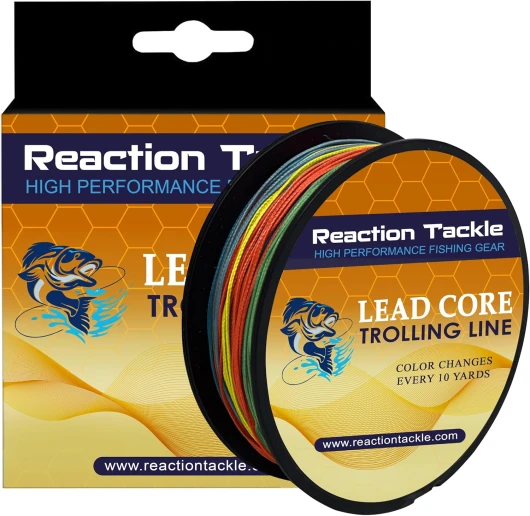
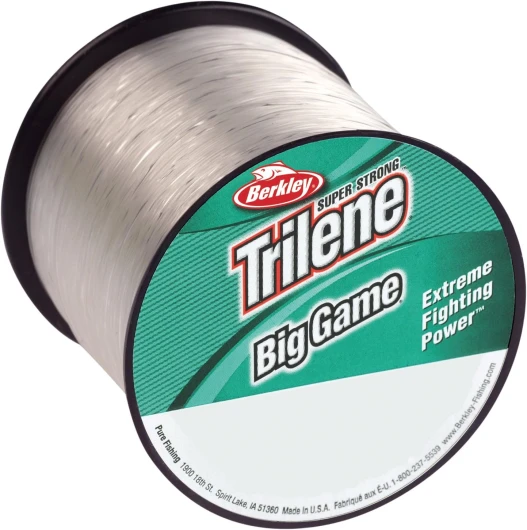
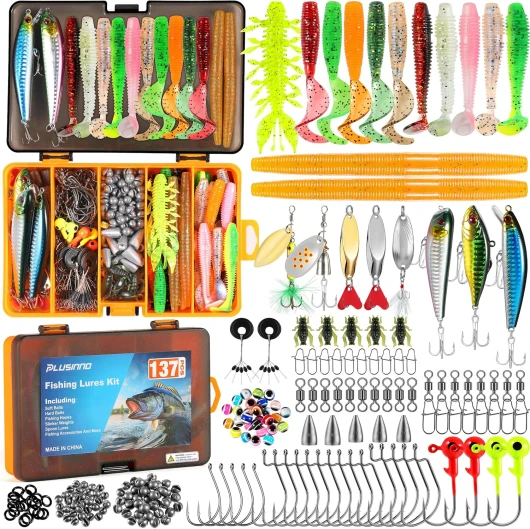
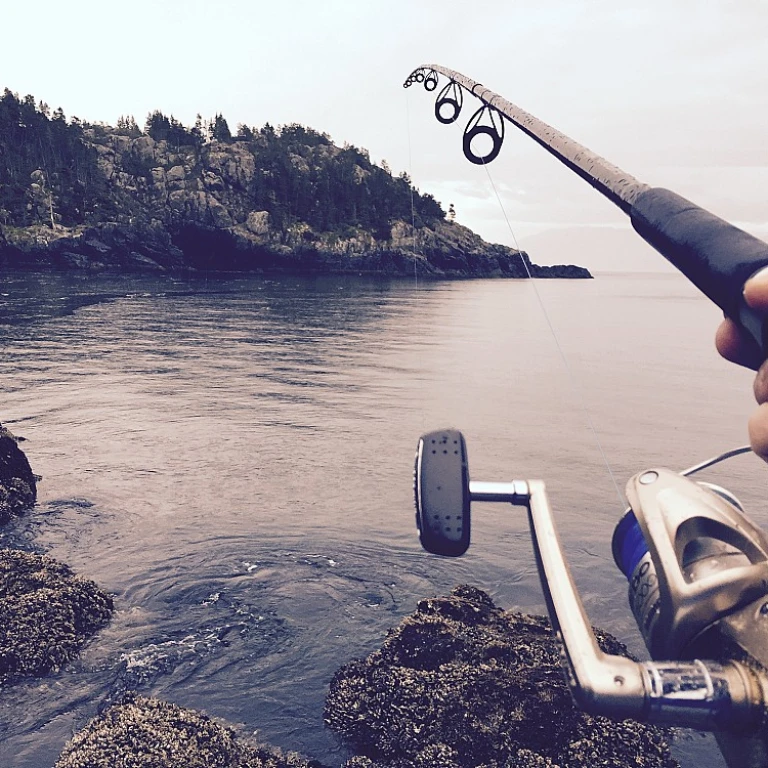
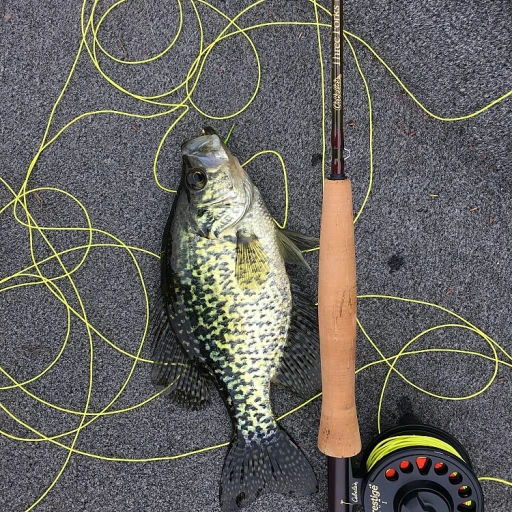
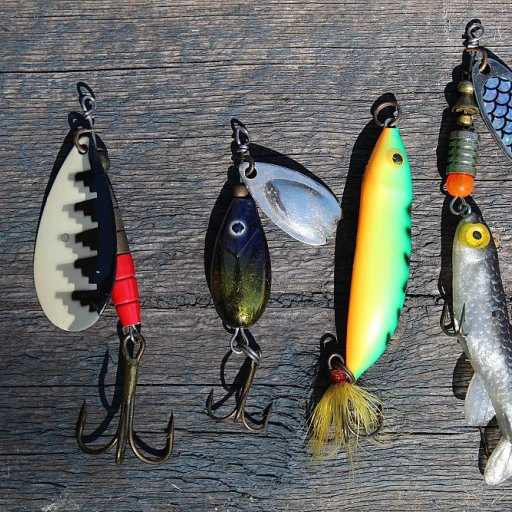
-large-teaser.webp)
